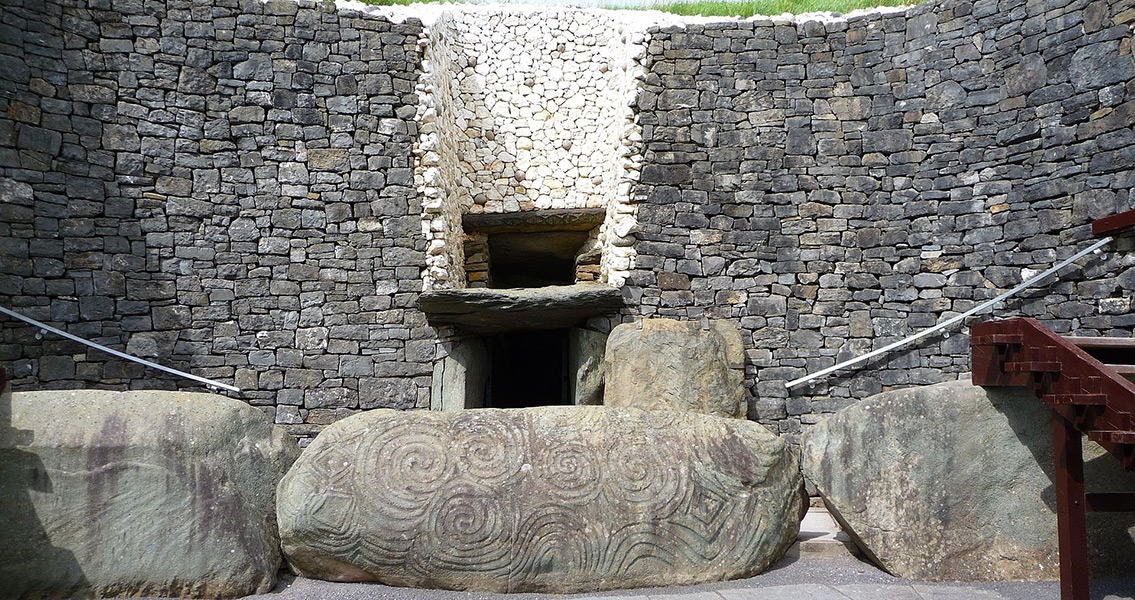<![CDATA[The Newgrange Sun Trap, a stone edifice in Ireland thought to have been built 5,000 years in the past by prehistoric Hibernians, could partially be only around 50 years old, according to a new report. Michael Gibbons, former state archeologist and co-author of the new paper, says that the arrangement of rocks found in County Meath might only date as far back as the Iron Age (around 500BCE to 400CE). He suggests that constructing the elaborate stone cairn in such a way as to shine a single beam of light down its length on the winter solstice may well have been beyond the reach of ancient man. The Newgrange site has long been known as one of the world’s preeminent megalithic tombs marking the coming of the solar new year. Gibbons, a former co-director of the National Sites and Monuments Record office of the Office of Public Works, is now an independent archaeologist based in Connmeara. He says that the tomb itself is likely legitimate, but doesn't date to 5,000 years in the past. The discovery of Roman artifacts throughout the tomb instead points to the edifice being used by the local Irish elite that had ties with Roman Britain. The so-called “roof box” that let light into the tomb on the solstice was likely a much, much later addition. The site was reconstructed during the 1960s, and Gibbons argues that this is when the roof box would have been fabricated. In fact, the archaeologist said that the roof box had “not a shred of authenticity”, and that he was not at all surprised that in a 2006 study of archaeological reconstructions by Durham University, Newgrange was listed as one of the worst. Truth be told, the site has been highly controversial since 1967, when Professor Michael O’Kelly first documented the “solstice phenomenon” that can be seen from within the cairn. Questions have been asked regarding the passage tomb’s quartz wall, which was raised over the course of 7 years according to interpretations made by Professor O’Kelly. The new paper challenges the original O’Kelly findings, re-analyzing them through the lens of new scholarship. The more accurate interpretation of the site, according to a recent story in The Irish Times, is that Newgrange would have been a significant “Hiberno-Roman cult site” during the Iron Age. These findings are supported by “underplayed” discoveries made at the location by O’Kelly, Gibbons states. This overlooked or underplayed material includes valuable Roman coins, a gold ring, a bracelet, pendants, and torcs. Additional evidence of horses and dogs was likewise found, as well as signs of elks or stags, dating to the late seventeenth century and later. Scientists have commented on Gibbons’ new research with mixed remarks, on the one hand agreeing that O’Kelley had downplayed the evidence at the site of activity during the Iron Age; on the other finding the idea that the roof box was a modern construct hard to swallow. Dr. Richard Hensey, the author of a recently published study on Newgrange, says that several studies have indicated the extreme age of the roof box, placing it at 5,000 years old.]]>
Newgrange Sun Trap May Be Only 50 Years Old, Scientist Says
